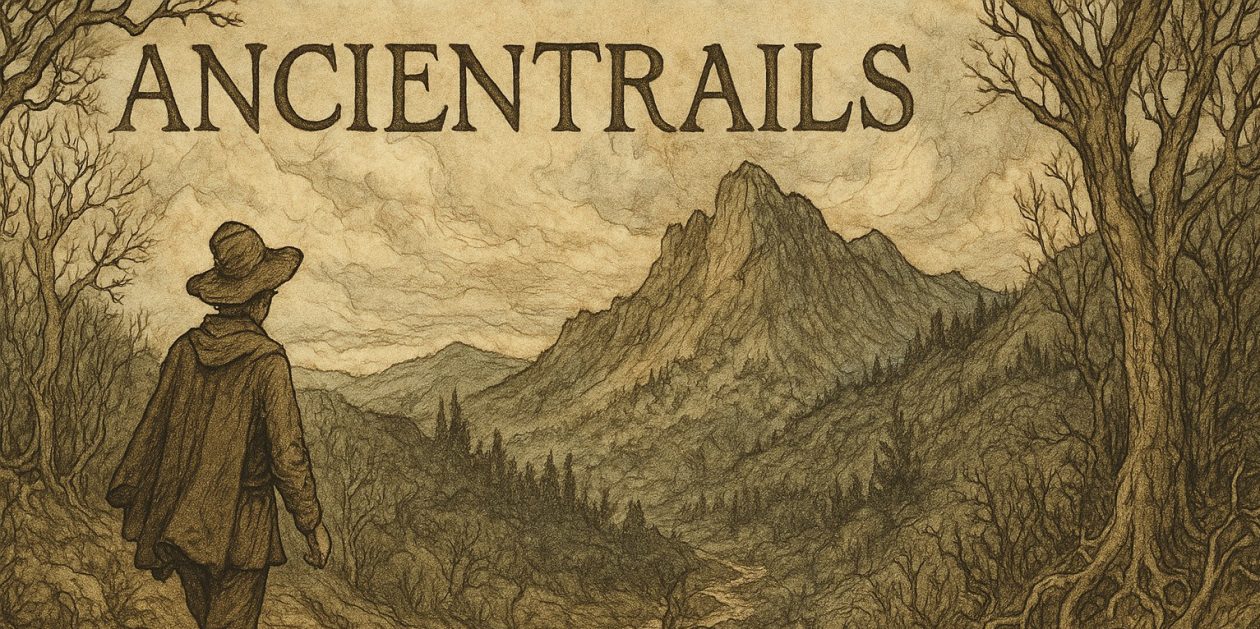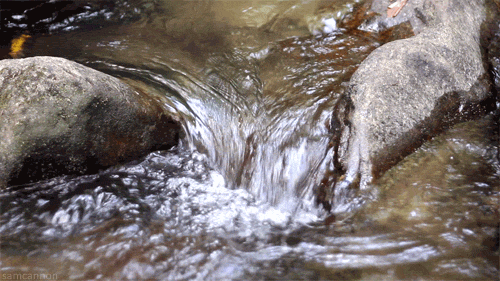Lughnasa Honey Moon
“Go into yourself and see how deep the place is from which your life flows.”
| — |
Rainer Maria Rilke, Letters to a Young Poet |
Here’s some distressing reading. And not for the reason that it indicates. You can find other low-paying majors at: 20 Majors That Wont Make You Money. There is, today, a sense that all higher education should be vocational education, only with more money at the end. As we skid slowly out of the recent Great Recession and several million baby boomers slide toward retirement with little in the way of savings, it’s not hard to grasp the zeitgeist for all this.
But it’s a mistake. The emphasis on lifetime earnings comes down very hard beside the point of education. There’s an even more distressing list: 15 Majors that Will Make You Rich. If you set out with the only goal in mind the accumulation of wealth, you will make wealth your lodestone. That means your decision making compass will always swing toward the main chance, the lucrative deal, the high salary, the big payoff.
Another way of describing this is that wealth will become your center of value. You will value other things in proportion to their capacity to make you wealthy. Think then about spouse and children. Think about the dog or the cat you love. Think about the sport you play with passion. Think about the music or art or literature that gives your life richness, texture. Where do these things stand relative to your value center?
The compass needle does not turn toward them. At best they are on the periphery of what you value most. I’m not saying that you can’t make a lot of money and not have all these things. Of course, you can. Some do.
But let’s look at it another way. What if you started out with the goal of a good life, a life of friends, family, learning, joy and service? What if that rich life was your goal rather than a life of riches? How would your decision making needle twitch now? How would spouse, children, pets, sports, arts stand in relation to your value center?
Notice, too, that if the good life included wealth, wealth would be at the service of the good life rather than life at the service of wealth. This is a world-defining difference. And, of course, just the kind of thing you might expect from a philosophy and anthropology double major.
The material below comes from the 20 majors what won’t make you money weblink.
#2 Anthropology
Anthropology has the unfortunate distinction of being just about the worst major for your career. Recent graduates earn just $28,000 a year. That’s less than many people make with just high school diplomas.
And those anthropologists consider themselves lucky. They’ve managed to beat the odds of 10.5% unemployment rate in their field.
What’s the best you can hope for with an anthropology degree? A 7% unemployment rate and roughly $40,000 a year, on average. Those are some of the lowest grad earnings in human history.
#13 Philosophy and Religious Studies
Looking to expand your mind with Philosophy or Religious studies? We hope you count your wealth in terms of knowledge. Graduates make just around $42,000 a year on average.
That doesn’t sound too terrible, but it’s 20% less than the grads in the top 100 majors make. And that’s not the starting salary. New grads make $30,000 a year and must overcome 7% unemployment.
That’s probably why these majors are twice as likely as their peers to end up working retail. But it won’t be too bad. You’ll have a lot of time to ponder the nature of the universe while you fold shirts.
#1 So What Should You Major In?
This all amounts to a lot of bad news. So is going to college really worth it at all? Sure, but to earn more than a high school dropout, you have to pick the right major. The best earning majors are those in the science, technology, engineering and math fields.
And you don’t necessarily have to rethink your passion to earn more. Look for branches within these fields that satisfy your particular yen for knowledge.
If you’re worried about your earning potential, it pays to do the research. A few minutes of investigation now can save you from a lifetime of low wages.


